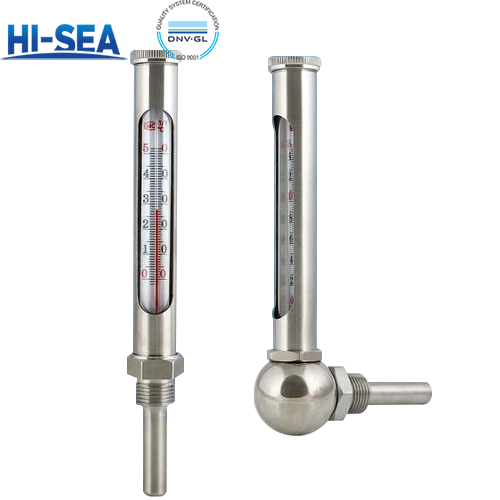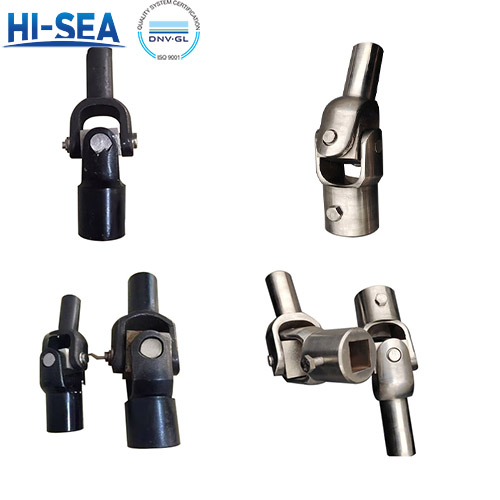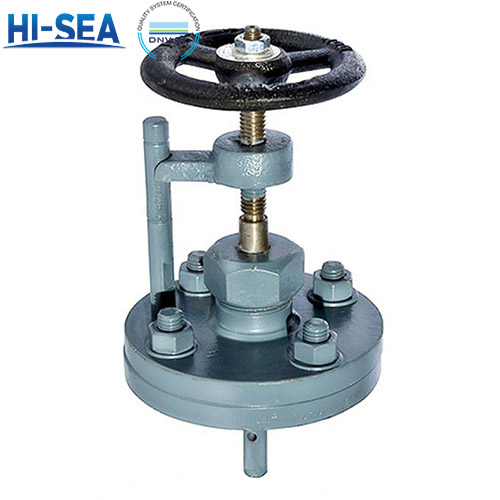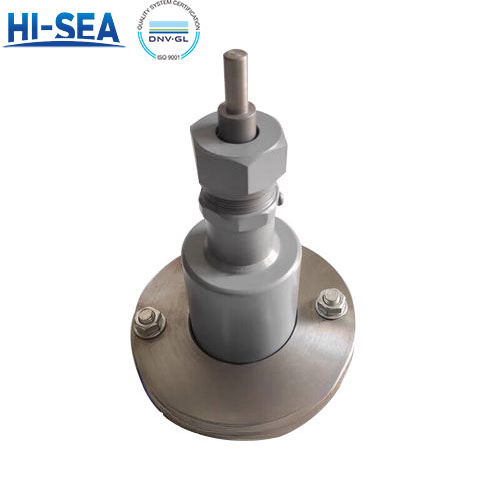
WLG Metallic Protector Thermometer
It's a rugged, industrial-grade thermometer designed to measure the temperature of fluids (like water, oil, or chemicals) in pipes, tanks, or machinery on boats, ships, and in other industrial settings. The "Metallic Protector" is the key component.
Overview
Key Features and Components
1. Robust Construction & Corrosion Resistance:
◦ Materials: Made from marine-grade metals like 316 Stainless Steel, Brass, or Bronze. These are chosen for their excellent resistance to saltwater corrosion, rust, and general weathering.
◦ Finishes: Often have additional protective coatings like chrome plating or epoxy paint for extra durability.
2. The Metallic Protector (Thermowell):
◦ Primary Function: It acts as a permanent, sealed barrier between the thermometer and the process fluid.
◦ Protection:
Pressure: Withstands high pressure in pipes and tanks.
Abrasion: Protects the sensor from debris or slurry in the fluid.
Corrosion: Takes the brunt of the corrosive fluid, preserving the thermometer itself.
Contamination: Keeps the process fluid clean.
◦ Safety: Allows for removal or replacement of the thermometer without needing to shut down the system or drain the tank, which is crucial for continuous operations.
3. The Temperature Measurement Unit:
◦ Dial Type (Bimetallic): Most common. Uses a coiled bimetallic strip that expands/contracts with temperature, moving a needle on a dial. Known for reliability without needing a power source.
◦ Digital Type: Features a sensor (like a thermocouple) inside the well and displays the reading on an LCD screen. May require a battery.
4. Mounting Options:
◦ Threaded Connection (Most Common): Has a threaded stem (e.g., NPT - National Pipe Thread) that screws directly into a tapped port on a pipe, engine manifold, or tank.
◦ Flange Mount: For larger tanks or pipes, it bolts on with a flange.
5. Easy-to-Read Dial:
◦ The face is typically large, with clear numerals and units (both °C and °F are common).
◦ Often has a "safety" or "normal operating range" marked in green, with warning zones in red.





